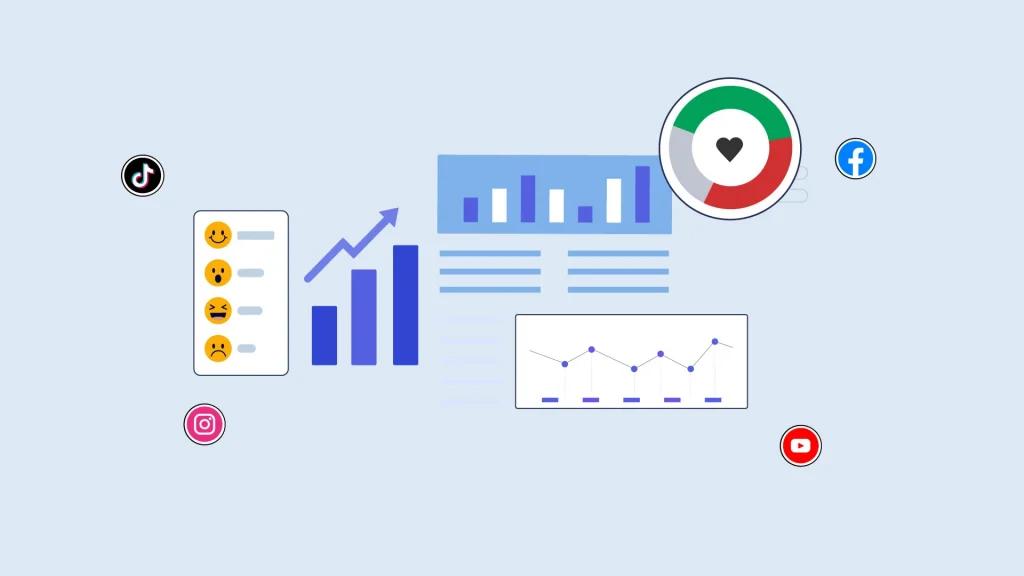Whether it’s to prove the worth of your efforts to superiors or to inform stakeholders of your social media marketing strategy, a well-crafted report can go a long way.
Start by establishing your objectives for the report: are you measuring engagement or ROI? This will guide the metrics you choose to include.
Social Media Engagement
Social media engagement is a key metric for evaluating the success of your social media campaigns. This metric includes likes, shares, and comments on your posts, as well as click-throughs from social media to your website. It is important to measure this metric regularly, as it can help you create marketing strategies accustomed to the needs of your target audience.
To determine which metrics to track, start by setting SMART brand goals for your social media accounts. This will help you understand how your content is performing and identify areas for improvement. To make your reporting process more efficient, use a social media analytics tool to automatically collect data and create reports.
When creating your social media performance report, consider the stakeholders and decision-makers who will be reading it. Different audiences will value different types of data. For example, executives and senior management will prioritize high-level results that highlight the overall impact on business goals. However, marketing and social media managers may prefer granular data that delves into specific metrics.
Social Media Reach
Clearly identifying the objective of your social media report will guide its content and structure. It will also help you focus on the metrics that are most relevant to your objectives. For instance, if your goal is to drive traffic to your website, you will want to include metrics like click-through rates and average time spent on the site.
Social media reach is another top-of-funnel metric that can be valuable to measure and understand. Reach is different than impressions, which refers to the total number of times a post or ad is viewed, including repeat views by the same person.
You can use a third-party analytics tool to gain a broad understanding of your reach across platforms from one intuitive dashboard, as well as in-depth insights into individual platform performance. You can even compare your social media reach with that of similar brands to gain a competitive perspective and set realistic benchmarks. Providing this contextual information will help you spot your strengths and identify opportunities for improvement.
Social Media Traffic
If you are aiming to grow your website traffic, social media reports will help you extract useful insights and register your growth in relation to your competitors. Social media reports are also great tools for registering social media trends and changes in audience behavior.
When creating a social media report, you should provide contextual data to explain the results. This will help your clients better understand the numbers and their meaning. This is important to avoid making the report seem dry and incomprehensible.
It is recommended to compare your results with the results of your competitors. This will enable you to identify your strengths and weaknesses. You can also learn from the competitors’ successes and develop new strategies for your own brand. For this purpose, you should tag all links in your campaigns with campaign tracking codes. This will allow you to see the full impact of your social media efforts on website traffic and goal completions.
Social Media ROI
The goal of social media is to drive business results, including sales, leads, brand awareness, and customer service. But showing leaders and decision-makers the ROI of their investment is a challenge that many teams face.
The most important thing to remember when calculating ROI is that it should be based on your goals and how you’re measuring them. This will help you figure out which metrics matter most and how to interpret them.
When calculating ROI, there are 3 major things to consider: monetary costs, time, and campaign cost. Monetary costs include the cost of your tools (like social media management software, paid ads, and agency or consultant fees). Time is more difficult to quantify but should be considered when calculating ROI on a monthly basis. Campaign cost includes the cost of each individual ad or post. This should be factored into each campaign report. It is also possible to create a report that includes all of these metrics together.






